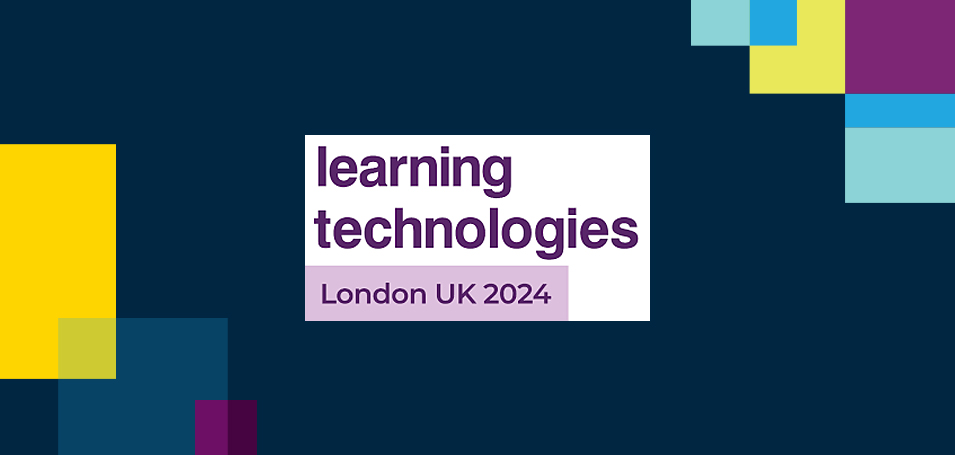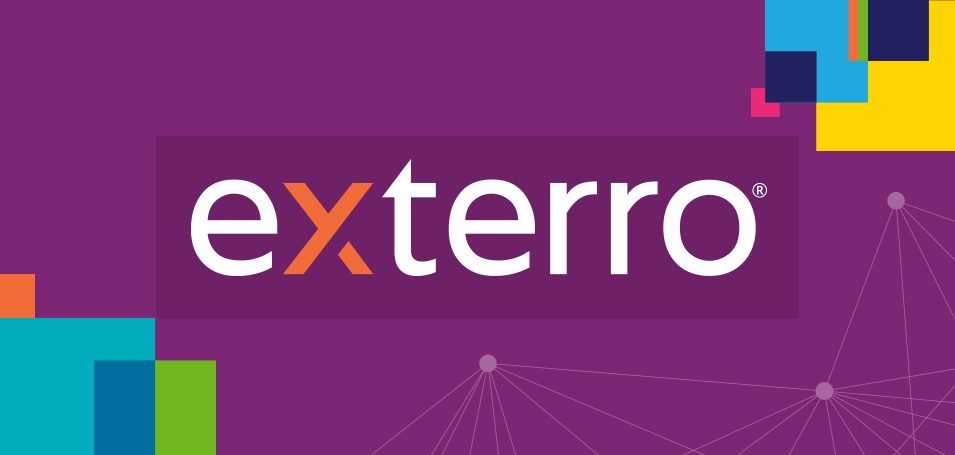How often do you release new products? How frequently do you roll out new features for your existing product? Do these new features arrive with complementary product training aid? And, how difficult is it to get your customers interested in your new features?
If you answered that last question with “It’s pretty difficult,” “No one’s using the new features,” or “Our customers don’t pay attention to us,” you answered correctly. Corralling customer attention is difficult. Consumers only use 12% of an application’s total features, leading to consumption gaps.
Just as customer onboarding is a tough task, continuing to grow your relationship throughout the customer lifecycle can be just as challenging. For instance, customers are often comfortable with the product version they’re already using and may not see the need to upgrade when it‘s available. They might not understand how your new premium feature or adjacent product offering could help them, which makes them less likely to upgrade or cross-grade.
Or, they simply may not be paying attention. It’s no easy feat to keep customers engaged with your messaging, mission, or mindset. This is especially true once they’re off-and-running with their initial product purchase.
Don’t look at these as challenges, though. Instead, consider them opportunities to create a more educated customer. For most learners, hands-on software training yields better results than theoretical training or messaging. Making product training easy for customers is key to boost feature adoption and drive customers to success.
Make it easy for your customers to get the most out of your product offerings at all points in their customer lifecycle, and you’ll see increased customer satisfaction, better upsell and cross-sell opportunities, reduced churn, and lower customer support costs.
Product Training tips to help customers learn
An online product training presentation offers a way to redefine how you inform, train, and empower your customers. 70% of consumers expect information to be readily available on the company’s website through self-service portals. Another 40% of consumers would like to retrieve product information themselves as opposed to being assisted.
When they are able to practice directly with your product, they’ll more quickly internalize what they learn. The result will be, logically, faster feature and product adoption. A better understanding of why what you offer matters to them will help them see how to apply it to their life and work.
Here are a few product training ideas on how to increase product engagement and knowledge:
- Craft specific learning paths tied to a customer’s growing skills. Monitor usage metrics of your product to predict when customers may be ready for a new feature or complementary training content, such as access to a product training webinar. You may focus on how they’re already using the product or watch for some specific action that indicates their readiness or need to learn more. Then, automatically trigger an email that introduces the next logical feature and offers a learning path to help them experience their next quick wins.
- Reduce the need for back-and-forth learning. Jumping from a product training presentation to software and back again can cause learner whiplash. If you can spotlight your product directly within a learning experience, customers will be able to experiment right there within a lesson. Look for technology that allows you to embed a working version of your software inside a learning tool, so users can pick up new tricks and features all in one place.
- Make it easy for customers to pick up where they left off. Presenting in-context learning topics and product training within your application can be a powerful driver of engagement, especially when you have new features to promote. Offer an easy way for learners to access helpful learning or articles, and give them an easy way to access past product training webinars. For instance, let them toggle a dashboard of lessons they’ve already been working on or that may help in the moment. An elegant solution puts customer training right there, within arm’s reach. Your customers will always know the training they need and have one-click access to customized learning paths, events, courses, or even gamification.
- Offer user product training certification for product mastery and advocacy. The emotional allure of product mastery helps to lengthen the customer lifecycle. This is because certified users begin to view your product as a crucial piece of their knowledge and skills—and often of their careers. To craft world-class certification programs, you can leverage customer’s data to discover what led them to success and what issues hindered them. You can also expect these certified users to begin to do some of your marketing work for you, as they spread the word or even product training presentation materials on your brand’s behalf to their networks and peers.
Work hard to retain and expand
To quote Harvard Business Review, “depending on which study you believe, and what industry you’re in, acquiring a new customer is anywhere from five to 25 times more expensive than retaining an existing one.”
Over time, it’s likely and natural that some percentage of your customers will drop off. In the past, many companies may have focused on finding new customers to replace those lost. Now, it’s well-understood that retention and expansion of existing customers can be valuable offsets of churn.
Keep your customers informed about new products and new features and make product training easy and intuitive for them to learn. Helping them to know how your offerings address their struggles becomes a win-win for you and them. They’ll understand how what you offer can fit into their day-to-day.
As a result, you’ll be able to expand your relationship with them over time to build a customer for life.


